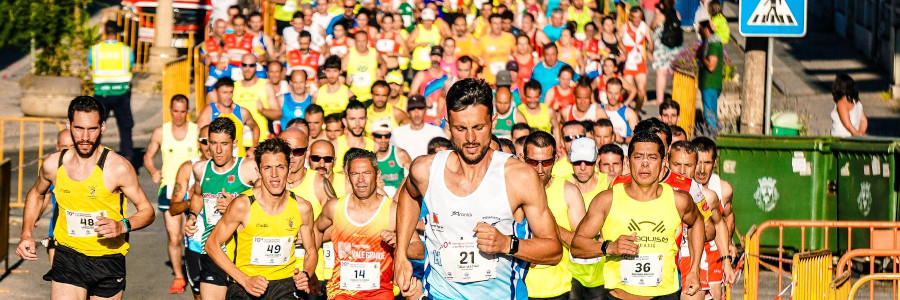The UK race calendar is comprehensive, with most of the events covering renowned routes. Running events are classified depending on the distance covered and the terrain to accommodate distinct groups of people. That makes the United Kingdom one of the best options for runners seeking challenging, competitive, and fun racing activities.
However, before picking the desirable racing event, you need to consider various aspects, such as the distance covered and the running routes. These two aspects will help you know how well to train and prepare for the event.
Furthermore, understanding the type of UK running events available is also the best way of knowing your options. But then, finding a suitable running event can be pretty challenging, especially if you are a new player with little to no knowledge of running competitions. That is why it is appropriate to only look for credible sources with actual information.
United Kingdom Running Routes

Great Britain’s running events are designed for fun, competition, or charity. That is why different races have different routes. Note that the motive for the race also determines the terrain of the event. For instance, the fastest race in history took place on a flat terrain since it measured speed rather than endurance.
The UK happens to have different and elaborate running routes, with each course posing particular difficulty to the runner. For instance, the Reading Half Marathon 3k run, which takes place on 7th October, starts at Longwater Avenue, goes up to Kendrick Road and finishes on Madejski Stadium.
Running routes feature different elevations but not all. For example, the Reading Half Marathon is a flat race on closed roads, thus offering participants an incredible view of the city with an amazing running atmosphere.
While going through the list of events, you will also find out that every running competition covers different roads and courses, some of which are marked, thus keeping runners from going off-course.
Experts usually measure routes to avoid errors, such as the Brighton Marathon measurement error, which forced participants to go an extra mile.
The road-by-road route is often made available to the public once the running event is confirmed. Its primary purpose is to make it easy for participants to know what they are up against.
Learning the running event’s routes is ideal since you get to know which marathons or races have a flat course and which ones comprise steep elevations. That is in case you prefer particular types of courses. Other routes cover woodlands, waterfront paths, and uneven terrain, among many other features. Get some great training tips on this site!
